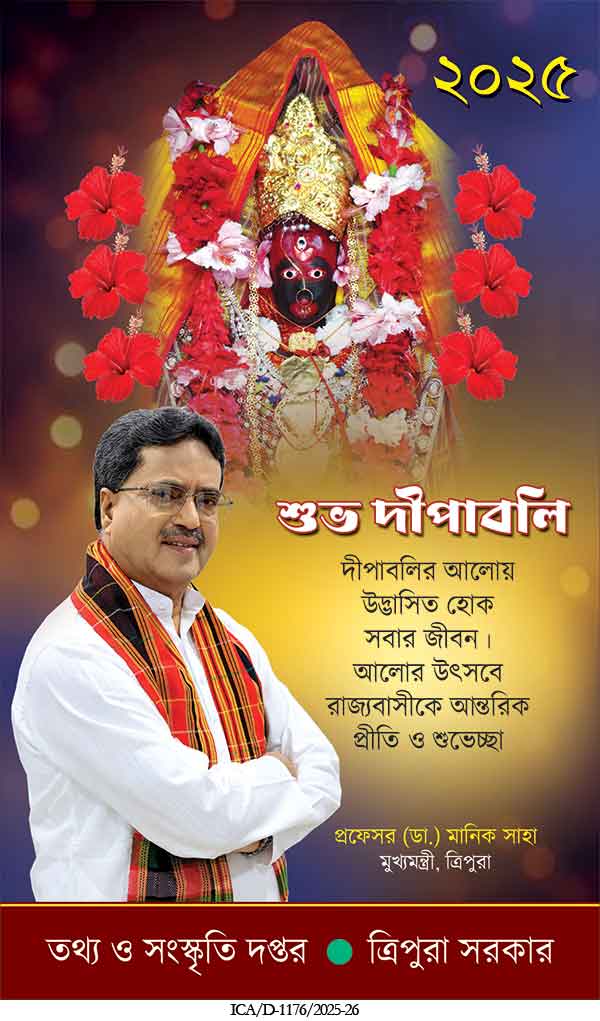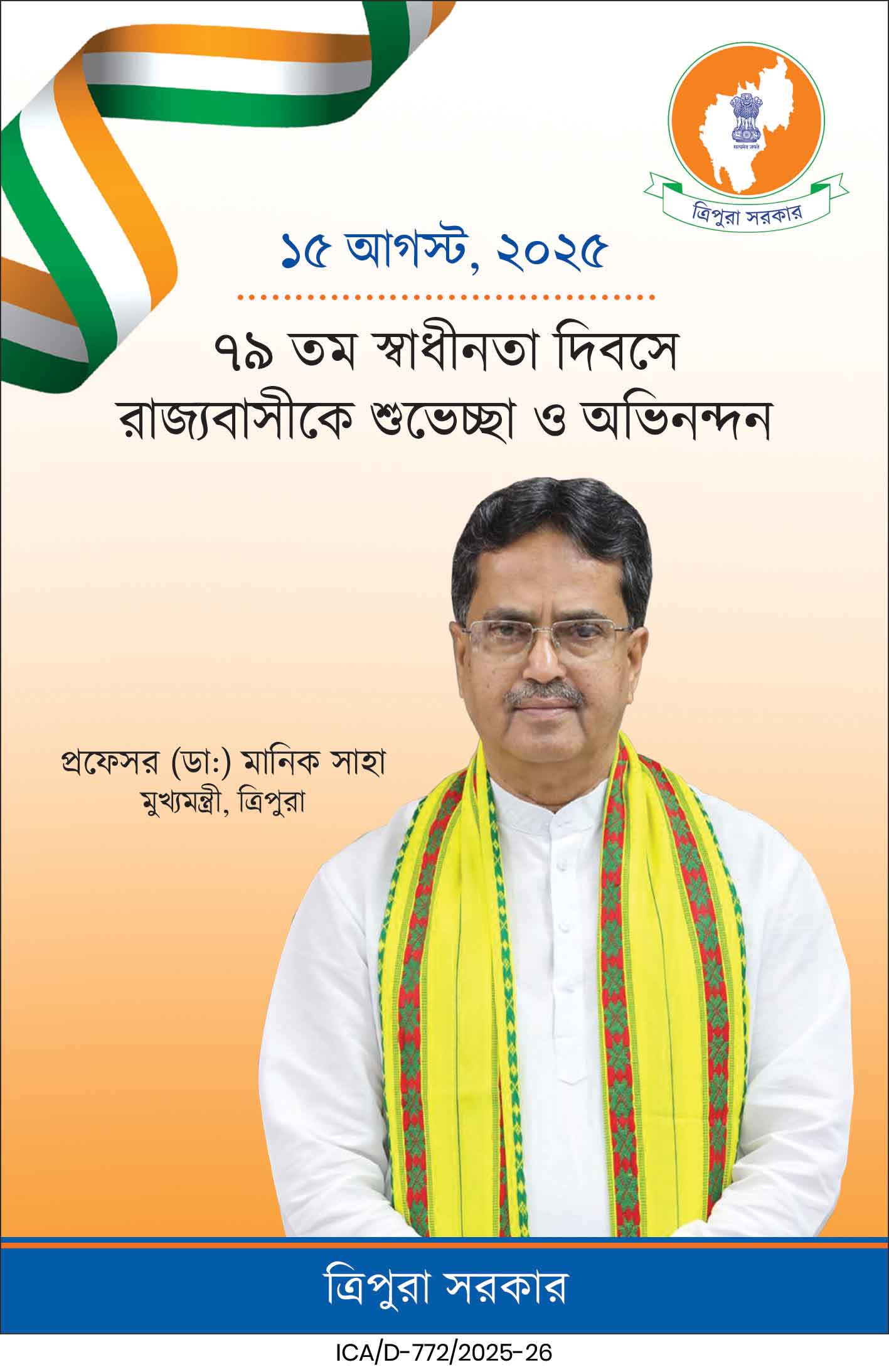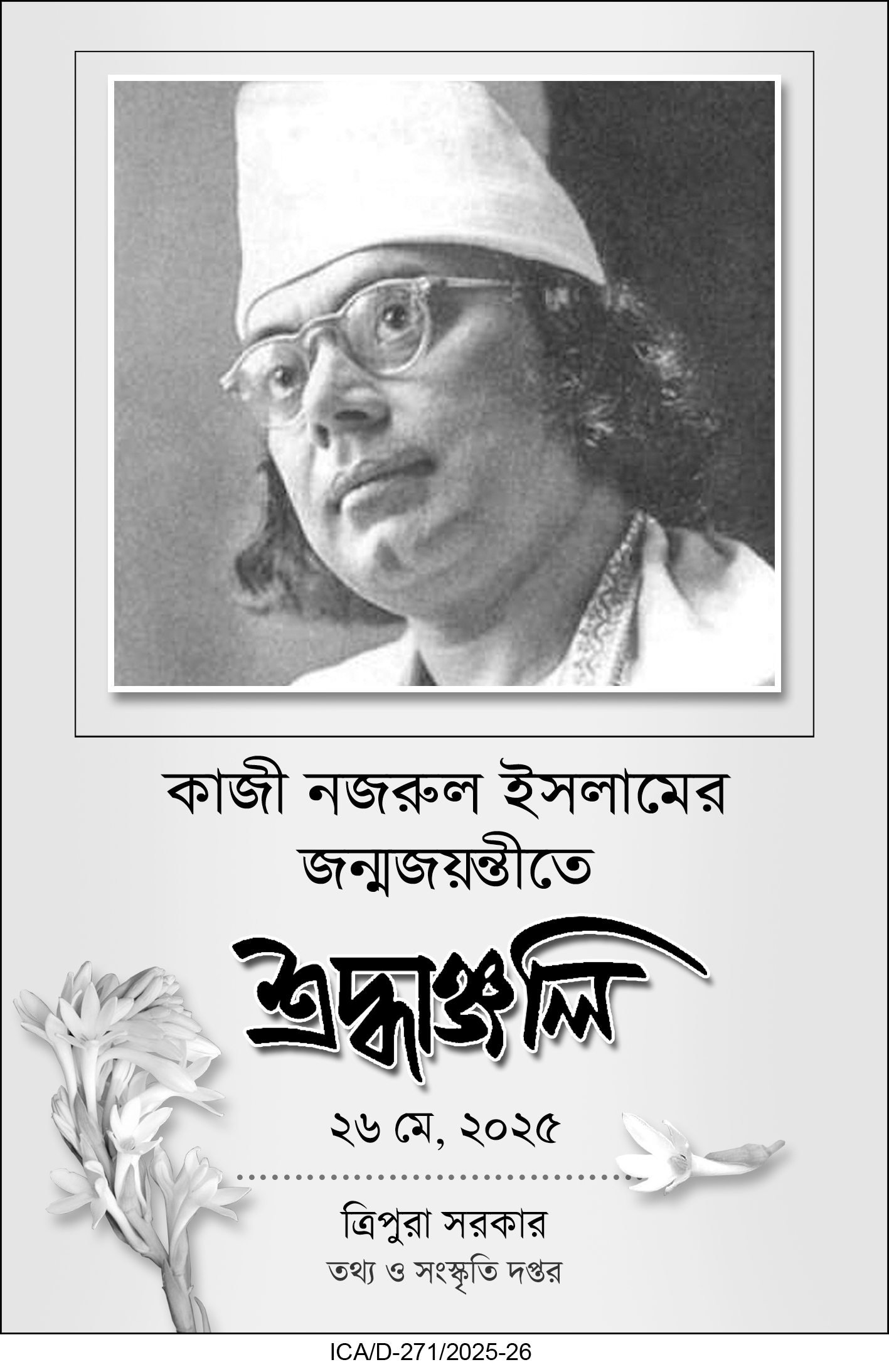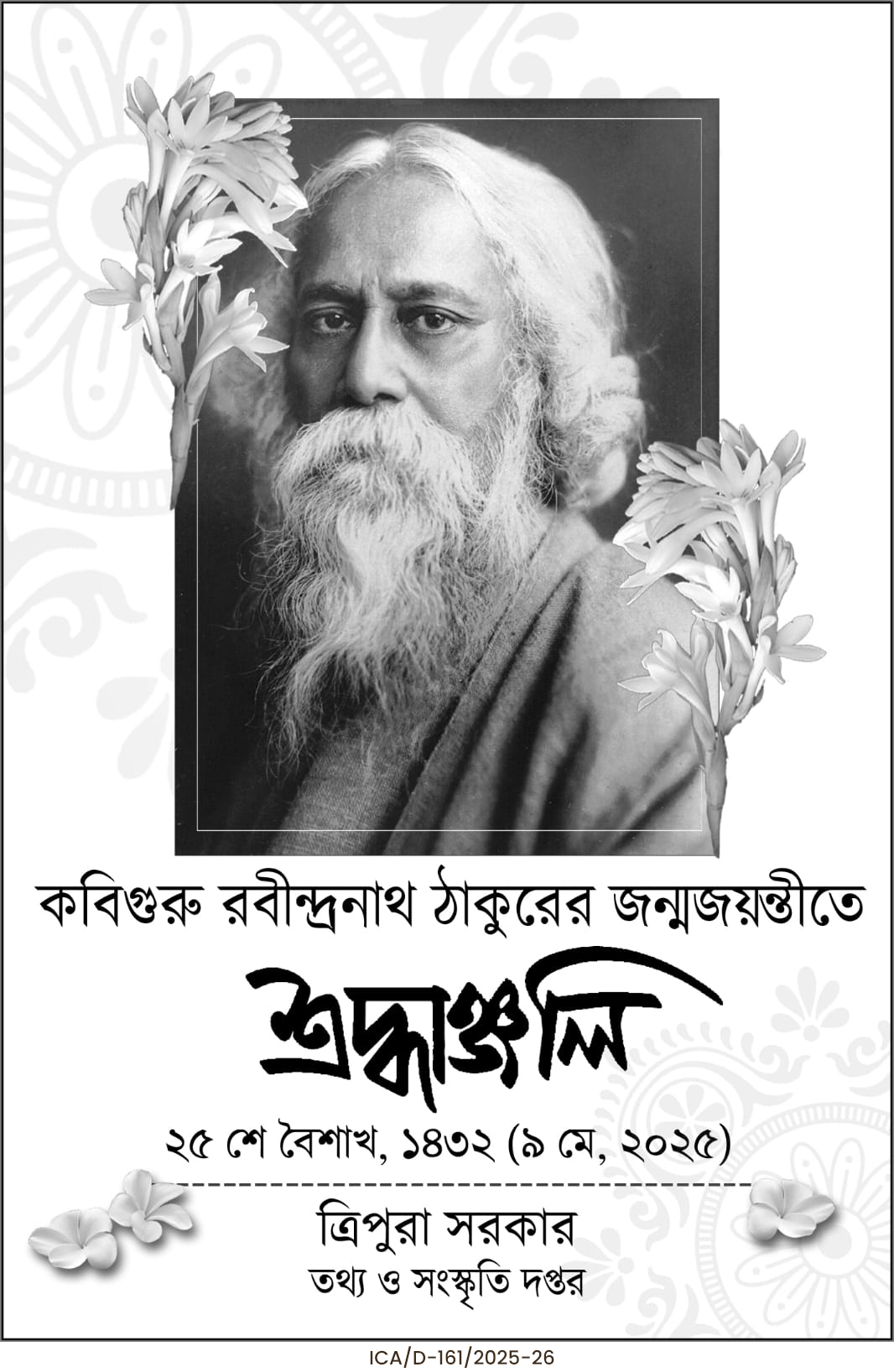In a significant move, the Union Cabinet on Wednesday gave its unanimous approval to the report of the high-level committee on the ‘One Nation, One Election’ initiative. The report, which was submitted by a panel led by former President Ram Nath Kovind in March, outlines a roadmap for conducting simultaneous elections for the Lok Sabha, state assemblies, and eventually local bodies. This decision comes as part of the Law Ministry’s 100-day agenda, with a focus on major electoral reforms.
Union Minister Ashwini Vaishnaw, confirming the approval, stated that the decision marks a crucial step towards reforming India’s electoral process. The concept of ‘One Nation, One Election’ has been a long-standing ambition of the current government, with Prime Minister Narendra Modi being a vocal supporter of the initiative. The government believes that synchronized elections across the three tiers of governance would not only save significant financial resources but also lead to more efficient governance and stable political environments.
Key Recommendations of the Committee
The report submitted by the high-level committee provides a comprehensive framework for the implementation of simultaneous elections. Some of the major recommendations include:
Simultaneous Elections for the Lok Sabha and State Assemblies: As a first step, the committee recommends holding simultaneous polls for the Lok Sabha and state assemblies. The current Lok Sabha’s term is set to end in 2029, while several state assemblies that went to polls in 2024 will also serve until 2029. However, states like Tripura, where assembly elections are due in 2028, may require adjustments, with elections either being advanced or delayed to align with the national schedule.
Synchronized Local Body Elections: After the national and state-level elections, the panel has suggested conducting synchronized polls for local bodies, including municipalities and panchayats, within 100 days of the main elections. This would ensure that elections at all three tiers—national, state, and local—are conducted in one continuous cycle, reducing the frequency of elections.
Creation of an ‘Implementation Group’: To oversee the rollout of simultaneous elections, the committee has recommended the formation of an ‘Implementation Group.’ This group would be tasked with monitoring the progress and resolving any legal, logistical, or administrative issues that may arise during the process.
Common Electoral Roll and Voter ID System: The committee proposed that the Election Commission of India (ECI), in coordination with state election commissions, should prepare a common electoral roll and implement a unified voter ID card system. Currently, the ECI oversees elections to the Lok Sabha and state assemblies, while local body polls are managed by state election commissions. A single electoral roll and voter ID card would simplify the election process and reduce redundancy.
Constitutional and Legislative Changes Required
The implementation of simultaneous elections would necessitate significant changes to the Constitution and various laws governing elections. The committee has identified 18 constitutional amendments that would be required to facilitate the process, including amendments to provisions related to the term of the legislatures and election schedules.
Notably, many of these amendments would not require ratification by state assemblies, which could ease the legislative process. However, certain key reforms, such as the introduction of a common electoral roll and a unified voter ID system, would require approval from at least half of the states. Additionally, certain constitutional amendment bills would need to be passed by both houses of Parliament with a two-thirds majority.
Advantages of Simultaneous Polls
Proponents of ‘One Nation, One Election’ argue that the move would bring multiple benefits to India’s political and governance system:
Cost Savings: Conducting elections in a staggered manner across states and local bodies involves enormous financial expenditure. By holding elections simultaneously, the government could significantly reduce the costs associated with repeated deployment of security forces, election machinery, and logistical arrangements.
Focus on Development: Frequent elections often lead to the imposition of the Model Code of Conduct (MCC), which restricts the government from announcing new policies and welfare schemes. By reducing the frequency of elections, the government would be able to focus more on governance and development without frequent interruptions.
Political Stability: Simultaneous elections are expected to lead to greater political stability, as elected governments at both the national and state levels would have fixed terms. This would provide a consistent policy direction and reduce the influence of regional political fluctuations on national governance.
Enhanced Social Cohesion: The committee also emphasized that synchronized elections would deepen the foundations of democracy in India and enhance social cohesion, fostering a sense of unity and collective national identity.
Challenges and Opposition
Despite the government’s enthusiasm for the ‘One Nation, One Election’ initiative, the proposal has faced stiff opposition from several quarters, particularly from the Congress and other opposition parties. Congress President Mallikarjun Kharge voiced strong reservations about the practicality of the concept, calling it “impractical and unworkable.”
“It is not a feasible idea. India is a vast and diverse country with different regions, cultures, and political landscapes. Trying to fit all elections into one cycle will be extremely complicated and will create more problems than it solves. The BJP is only bringing this up now to divert attention from real issues ahead of elections,” Kharge stated during a press conference.
Election experts have also pointed out that the logistical and administrative challenges of implementing simultaneous elections would be immense. Aligning the election schedules of all states, many of which have different electoral cycles, would require either curtailing the terms of some assemblies or extending the terms of others, which could face legal and political challenges.
Moreover, questions have been raised about the impact on regional parties, which often rely on state-level elections to gain political prominence. Critics argue that simultaneous elections may dilute the importance of state-specific issues, with national-level narratives dominating the discourse.
Next Steps: Law Commission’s Input
In parallel with the high-level committee’s recommendations, the Law Commission of India is also expected to submit its own report on the feasibility of holding simultaneous elections. According to reports, the Law Commission is likely to suggest a phased implementation, starting with synchronized elections for the Lok Sabha, state assemblies, and local bodies beginning in 2029. It may also propose a provision for a “unity government” to ensure continuity in the event of a hung house, where no party or coalition secures a majority.
With the Cabinet’s approval of the report, the path for broader consultations and discussions in Parliament is now clear. The government may introduce constitutional amendment bills to facilitate the changes, although it remains to be seen how these proposals will be received by the opposition and in state legislatures.
The idea of ‘One Nation, One Election’ marks a bold attempt to reshape India’s electoral landscape, but its success will depend on navigating the complexities of India’s political and constitutional framework.





